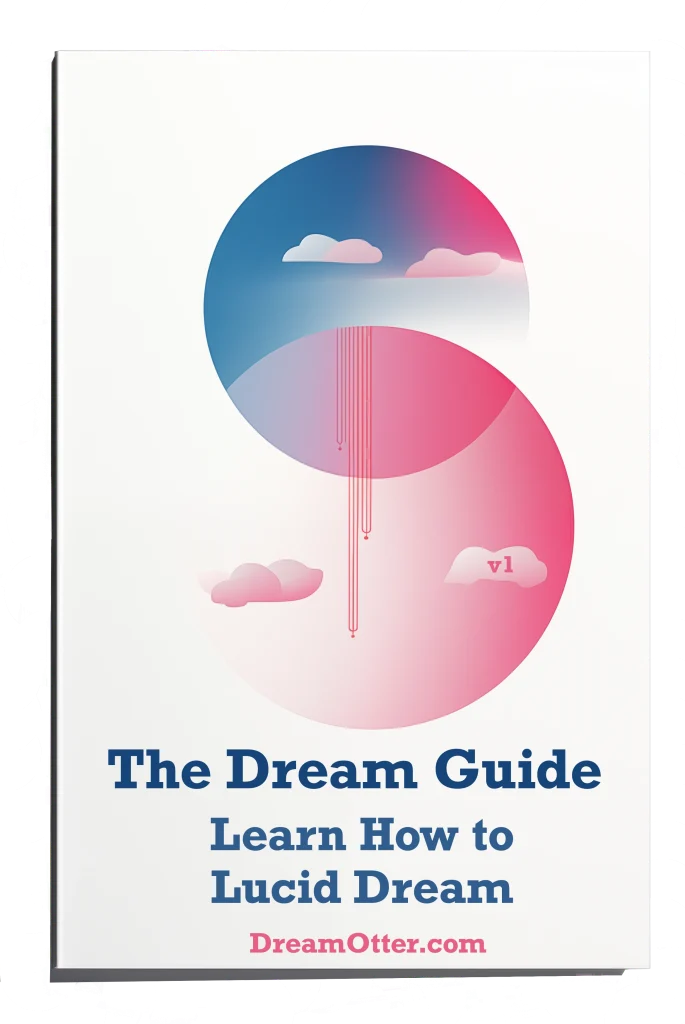Can You Switch Between Third-person And First-person Perspectives In A Lucid Dream??
Lucid dreaming is a fascinating phenomenon that has been around for centuries, and has garnered much attention from both scientists and everyday people. It is defined as the conscious awareness of dreaming, where the dreamer has control over their actions and surroundings. But what can a lucid dreamer do? Can they switch between third-person and first-person perspectives within a dream?
The answer to this question is surprisingly complex.
Buy The ‘Dream Analysis Guide’ Here!

The simple answer is yes, a lucid dreamer can switch between first-person and third-person perspectives in a dream. However, it is important to note that this does not happen automatically. It requires practice and skill to be able to consciously switch between perspectives.
To better understand how to do this, it may be helpful to look at a real-world example. Let’s say John is a lucid dreamer who wants to practice switching perspectives within his dreams. In this example, John enters a dream in the first-person perspective. This means he is seeing and experiencing events from his own point-of-view. He is aware of his own body and its actions.
John then practices switching to third-person perspective. This is where he detaches from his body and sees himself as an observer. This could be done by literally zooming out like a camera and looking at his body from a distance. He can even observe other people in the dream from this perspective.
It is important to note that this is not an overnight process. It may take some time and practice to master. It is also important to keep an open mind and to be creative with the techniques one uses. Some people have found it helpful to draw what they visualize in their dreams, for example.
But don’t worry if you’re having trouble mastering this technique. It is incredibly valuable to have a reliable source of information to help answer all your questions about dreams and dream analysis. That’s why we wrote Dream Analysis Guide – an amazing book written by Dream Otter that will teach you all the ins and outs of dream analysis and lucid dreaming. It is jam-packed with tips, tricks and techniques for controlling your dreams and understanding what your dreams mean, and it’s the perfect companion to have by your side as you explore the dream world. So, if you’re looking for answers to questions about lucid dreaming and dream analysis, be sure to check out Dream Analysis Guide today!
Interested in learning more about dreaming? Learn about similar topics here, like:
How do emotions manifest in lucid dreams?, Can lucid dreaming lead to spiritual enlightenment?, Do lucid dreams have a color or are they black and white?, How can I set intentions for my lucid dreams?, Is it possible to have a lucid daydream?



